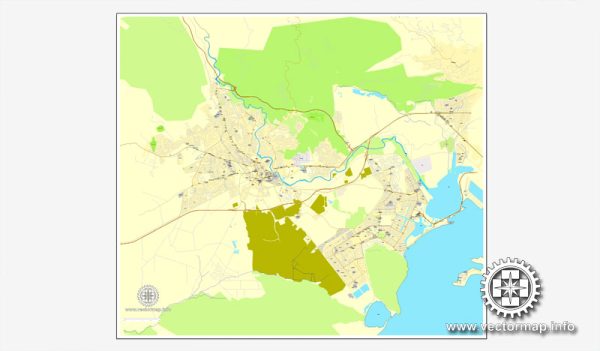Spanish Town, located in the southeastern part of Jamaica, holds a rich history as one of the island’s major urban centers. It was the capital of Jamaica during the Spanish colonization and continued as the capital under British rule until 1872 when Kingston assumed that role. Here’s a brief overview of the history of urban development in Spanish Town:
- Spanish Colonization (early 16th century – 1655):
- Spanish Town was founded by the Spanish in 1534, making it one of the oldest continuously inhabited cities in the Western Hemisphere.
- The city served as the Spanish colonial capital of Jamaica and was known as Villa de la Vega.
- During this period, the Spanish established the infrastructure of the town, including churches, administrative buildings, and residential areas.
- British Rule (1655 – 1872):
- In 1655, the British captured Jamaica from the Spanish, and Spanish Town became the capital of the British colony.
- The British expanded and modified existing structures and introduced new elements of urban planning to accommodate their administrative needs.
- Spanish Town thrived as a commercial and administrative center, with the establishment of government offices, courts, and the residence of the governor.
- Decline of Spanish Town’s Capital Status:
- In 1872, the capital was moved to Kingston due to its better harbor and more central location on the island.
- This transition marked a period of decline for Spanish Town as the focus of political and economic activities shifted to Kingston.
- Architectural Heritage:
- Spanish Town boasts numerous historical buildings and structures, including the Cathedral of St. Jago de la Vega, which dates back to the 18th century.
- The Old Court House and the Rodney Memorial are other examples of the city’s architectural heritage.
- Cultural Significance:
- Spanish Town remains culturally significant, with its historical landmarks and vibrant community.
- The city’s rich history is reflected in its cultural events, traditions, and the preservation of historical sites.
- Modern Challenges and Opportunities:
- Like many historical cities, Spanish Town faces challenges related to urbanization, infrastructure, and economic development.
- Efforts have been made to preserve and revitalize historical areas while addressing contemporary urban issues.
In summary, Spanish Town played a pivotal role in the early history of Jamaica, serving as the capital during both Spanish and British rule. Its urban development reflects the influence of both colonial powers, and today, the city stands as a testament to Jamaica’s diverse cultural and historical heritage.


 Author: Kirill Shrayber, Ph.D.
Author: Kirill Shrayber, Ph.D.